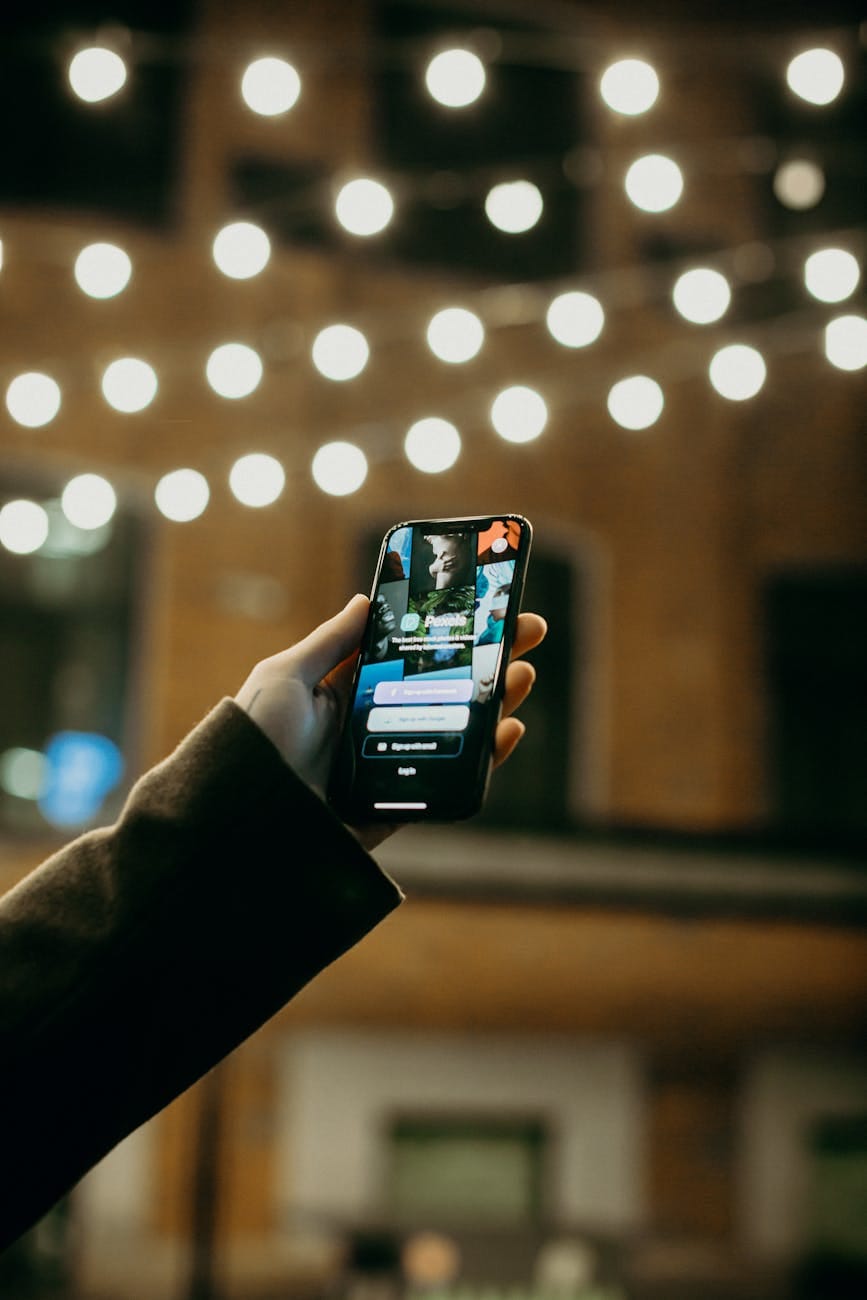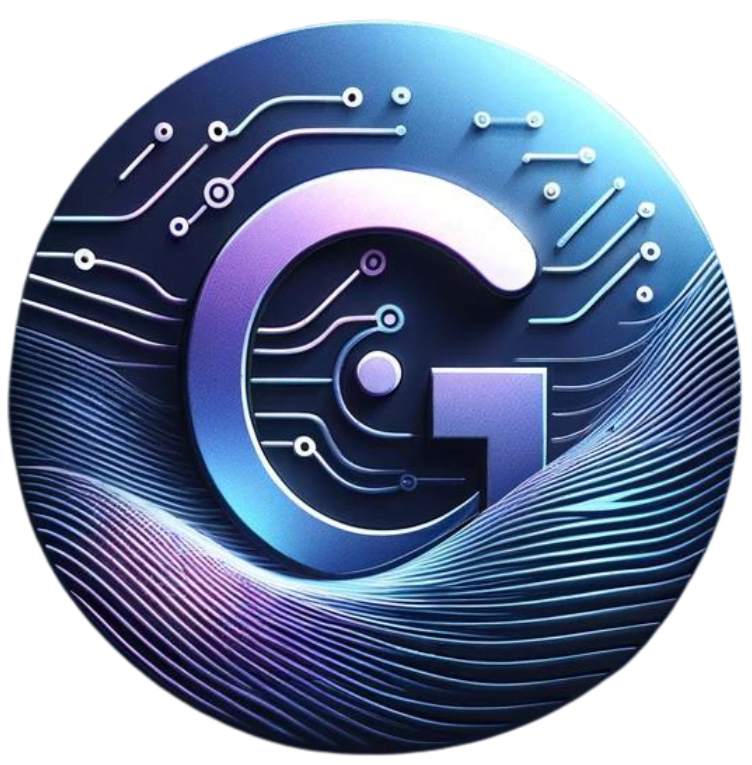Using AI for Video Marketing: Easy Automated Editing & Smart Personalization

Artificial Intelligence (AI) is rapidly transforming how brands approach video marketing. It offers creative ways to engage audiences through automation. It also provides personalized experiences. From smarter video editing to hyper-targeted personalization, AI-powered tools give marketers incredible opportunities to stand out. Let’s get into effectively leveraging AI in your video marketing strategy. We provide practical tips and real-world examples. You can explore these useful resources immediately.
AI-Powered Video Editing: Save Time and Boost Quality
Editing videos manually can be incredibly time-consuming, especially when producing content at scale. Thankfully, AI-driven editing tools simplify and speed up the entire process dramatically. These tools analyze footage intelligently, automatically select the most impactful scenes, and piece them together seamlessly.
Tools like Adobe Sensei, Magisto, and Lumen5 utilize advanced machine learning algorithms. These tools transform raw footage into professional-looking videos within minutes. For example, Magisto can recognize emotions, movement, and scene importance, creating beautifully edited videos tailored precisely to your campaign goals.
Real-World Example:
Coca-Cola uses AI editing solutions to quickly create branded, dynamic videos. These videos are tailored to different regions and demographics. This approach significantly cuts down production times and boosts viewer engagement.
Personalization with AI: Tailored Video Experiences
Consumers today expect content personalized specifically for them. AI-powered video personalization helps brands achieve exactly that. AI gathers insights from user behavior, preferences, and past interactions. It allows marketers to create video experiences uniquely tailored to individual viewers.
Platforms like Idomoo and Vidyard use AI technology to incorporate viewer-specific information directly into video content. This includes their name, recent purchases, or recommended products—driving deeper connections and increasing conversions dramatically.
Real-World Example:
Nike has successfully implemented personalized video campaigns. They used viewer data to present customized product recommendations. These recommendations are based on individual shopping histories. This strategy significantly boosted customer engagement and increased conversions by making content hyper-relevant.
How AI Enhances Video SEO for Maximum Visibility
Search Engine Optimization (SEO) remains crucial in video marketing. Thankfully, AI technology now provides sophisticated tools for optimizing video content to rank higher in search results.
AI-driven platforms such as TubeBuddy and vidIQ assist in uncovering powerful keywords. They optimize metadata. These platforms also generate engaging titles and descriptions that attract clicks. Moreover, AI transcription services like Otter.ai automatically produce accurate transcripts of your video content, improving search visibility and accessibility for a wider audience.
Real-World Example:
HubSpot leverages AI-driven SEO tools to optimize their educational videos. The result? Improved organic reach, higher rankings in search engines, and increased inbound traffic to their site.

AI Analytics: Data-Driven Video Marketing
AI analytics platforms offer invaluable insights into viewer behaviors, helping marketers refine their video strategies for even greater effectiveness. Detailed metrics provided by AI help brands understand what works—and why.
Platforms like Wistia and Brightcove employ AI algorithms to analyze user interaction data deeply. These insights allow marketers to track exactly when viewers stop watching. They identify what viewers replay and how they interact with specific elements of your content. This information is essential to creating videos that resonate deeply with your target audience.
Real-World Example:
Salesforce utilizes AI-driven analytics from Brightcove to refine their video content strategy continuously. They have successfully identified viewer preferences and adjusted their video formats accordingly, significantly increasing user retention and engagement rates.
Real-Time AI Video Optimization
AI also enables real-time video optimization. With AI, your video content can dynamically adapt based on live viewer interaction, adjusting its message mid-playback. This type of interactive AI-powered video ensures your content remains highly relevant and engaging.
Tools like Wirewax offer interactive video solutions powered by AI. These solutions allow viewers to choose content paths. They can engage directly within the video. Viewers can even complete purchases without leaving the platform.
Real-World Example:
IKEA successfully implemented real-time interactive videos using Wirewax. This innovation allows viewers to click directly on furniture items in videos. They instantly receive pricing information and purchase options. This significantly increased consumer engagement and streamlined the buying process.
Future Trends in AI and Video Marketing
Looking ahead, AI technologies promise even more exciting advancements in video marketing:
- Interactive and Shoppable Videos: AI-powered interactive videos will enable users to interact seamlessly with products shown on screen. This will turn passive viewers into active shoppers.
- Deepfake and Synthetic Media: Ethically managed AI-generated synthetic media (deepfakes) will allow brands to create personalized marketing messages. These messages will feature virtual spokespersons or realistic avatars. This approach fosters deeper audience engagement.
- Immersive AR and VR Content: AI will play a pivotal role in augmented and virtual reality experiences. It will generate immersive, personalized video content. This creates powerful and memorable brand experiences.
Real-World Example:
Sephora is already exploring AR-driven AI experiences. Users can virtually test products through videos personalized precisely to their skin tones and preferences. This significantly enhances the customer experience and boosts sales.
Best Practices for Implementing AI in Your Video Marketing
To make the most of AI in your video marketing efforts, consider these practical best practices:
- Start Small, Then Scale: Begin by testing one AI-powered tool in a single campaign. Assess results, refine your approach, then scale accordingly.
- Focus on Viewer Data: Continuously gather and analyze viewer data using AI analytics platforms. Use these insights to tailor future video content for maximum impact.
- Prioritize Quality: Even with AI automation, always ensure your video content aligns with your brand’s high-quality standards. AI supports your creative vision—it doesn’t replace it.
- Stay Ethical and Transparent: Always maintain transparency and ethical standards when using AI. Clearly disclose when personalized or automated content is being delivered to build trust with your audience.
Conclusion: Harnessing AI for Superior Video Marketing
Leveraging AI in video marketing isn’t just the future—it’s now a critical component of successful digital marketing strategies. AI tools streamline editing processes. They enable deeply personalized viewer experiences. These tools allow marketers to create content that genuinely resonates, engages, and converts.
By adopting AI-powered tools thoughtfully, your brand can enhance visibility. It can improve viewer engagement significantly. This strategy drives meaningful results. It makes your video marketing strategy a powerful competitive advantage.
Subscribe for marketing and tech tips at georgefeola.io

